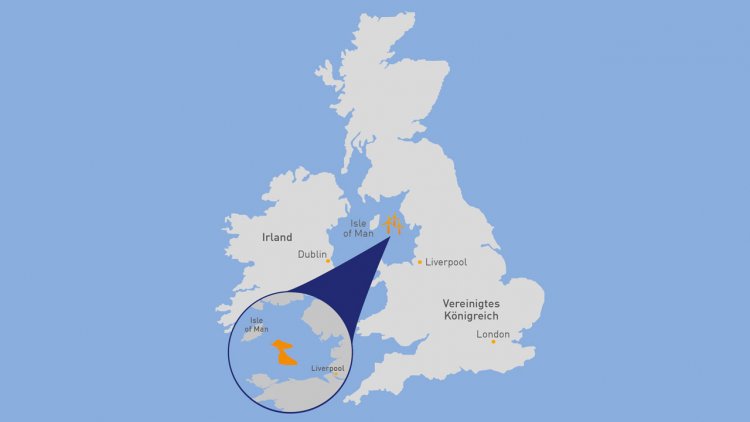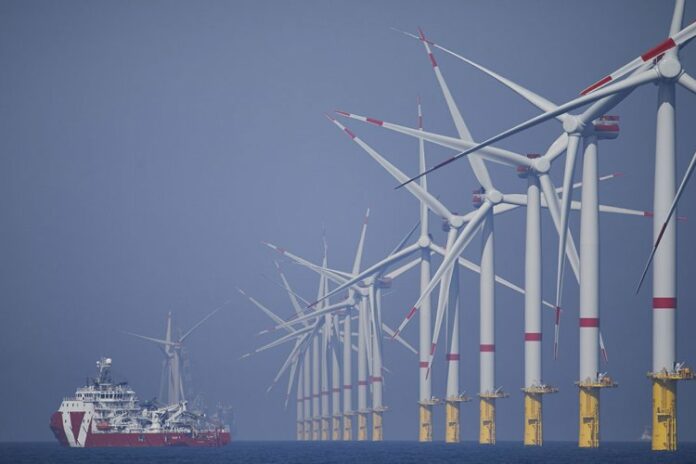Karlsruhe-based EnBW and bp plan to jointly develop offshore wind farms off the coasts of Great Britain in a 50:50 partnership.
An important first milestone has now been reached: In the auction for the award of seabed rights by The Crown Estate in the UK, the two partners secured two large areas in the Irish Sea that are estimated to be the highest-value areas in the first auction of offshore wind rights in England and Wales for ten years. EnBW and bp plan to build two offshore wind farms there with a combined capacity of three gigawatts, that is enough to power the equivalent of 3.4 million households.
Dirk Güsewell, head of renewable energy portfolio development at EnBW, added:
“Our bids prevailed for the most attractive areas in the auction that stand out for above average wind conditions and favourable prospects in terms of approval. We have already been able to put in an advance grid connection application. The combination of the two areas right next to each other also means wide-ranging synergies in planning, construction and operation going forward. All of these factors have a positive impact on the asset value of the planned wind farms.”
Dev Sanyal, bp’s executive vice president for gas and low carbon energy, said:
“bp is building a focused low carbon energy portfolio, delivering clean, reliable and affordable energy, consistent with our disciplined approach to investment. Returns from offshore wind are attractive and will be enduring for decades to come. bp was a pioneer in the UK’s offshore industry, and we will bring more than 50 years of UK experience together with EnBW’s offshore wind expertise. By forging strong partnerships like this, we are developing and will deliver a world-class wind energy portfolio.”

The Crown Estate (TCE), the British state property management organisation, had selected a total of four areas within which six project areas were awarded to bidders. EnBW and bp were able to outbid a prestigious field of competitors. Securing seabed rights is a necessary precondition for developing an offshore wind farm. After a habitats regulations assessment, which is scheduled to take one year, EnBW and bp will sign an agreement for lease and then coordinate with local stakeholders, conduct further environmental and habitat assessments, and apply for approval of the specific projects. Only when this consent has been applied obtained can the partners apply for a government-backed feed-in tariff and sign the final lease. On this basis, the two companies then still have to make their investment decisions.
Further expanding renewables in Germany and selected foreign markets is a central element of EnBW’s growth strategy. Since the beginning of its corporate transformation in 2013, EnBW has invested economically successful nearly €5 billion in its Renewable Energies segment. Around another €4 billion is to be invested by 2025, primarily in further expanding wind and solar energy, meaning that a good 50% of EnBW’s generation portfolio will consist of renewables. EnBW was among the pioneers in offshore wind power with its Baltic 1 offshore wind farm in the Baltic Sea.
In January 2020, the company took into operation Germany’s largest offshore wind power project, EnBW Hohe See and Albatros, with a combined capacity of 609 megawatts. The He Dreiht offshore wind farm with a capacity of 900 megawatts will be connected to the grid in 2025. He Dreiht will operate without any state subsidies. Aside from in the United Kingdom, EnBW is looking into bidding in other international offshore wind power auctions, among other places in the USA and Taiwan.



